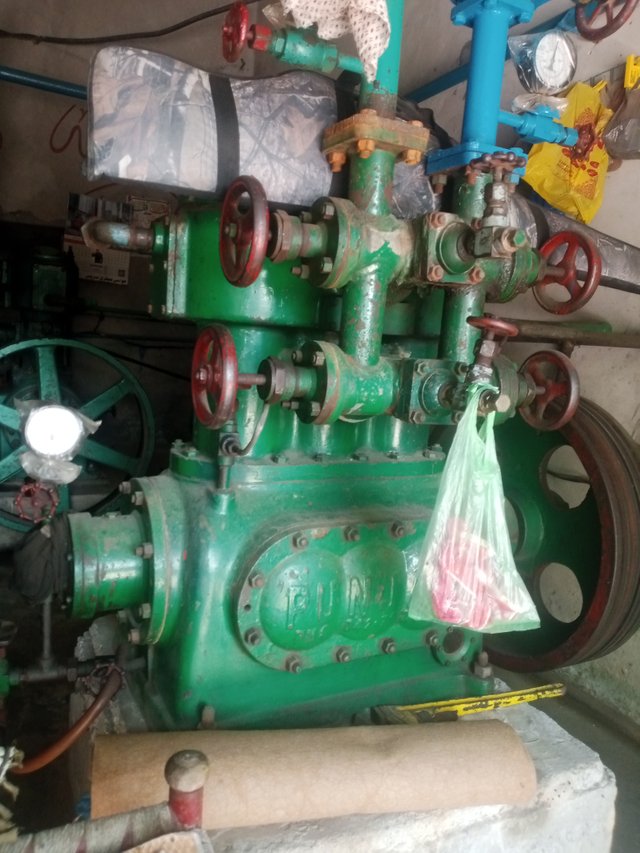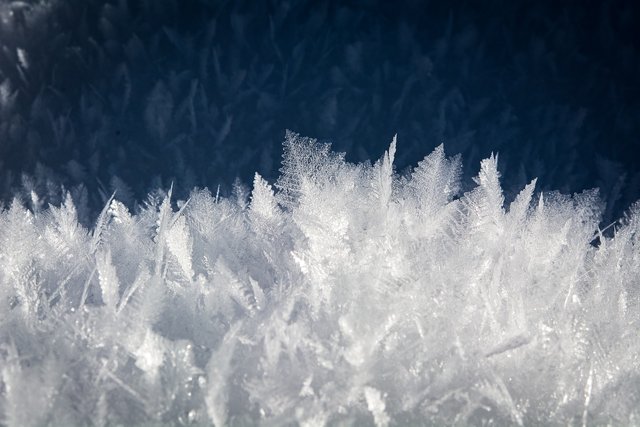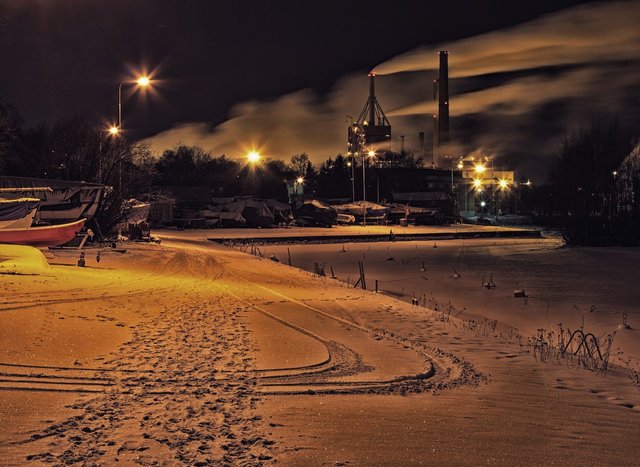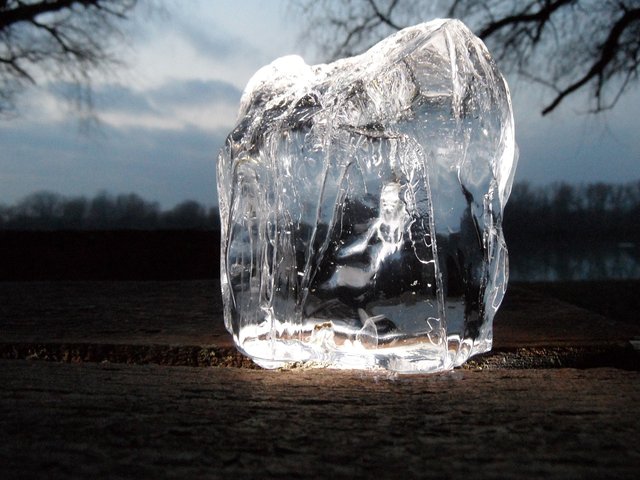Ice manufactories play a pivotal part in numerous diligence, furnishing ice for colorful purposes similar as food preservation, recreation, and artificial operations. These manufactories are equipped with state- of- the- art technology that allows them to produce and distribute large amounts of ice efficiently.
In this composition, we will explore the workings of ice manufactories, their uses, and their impact on different sectors.
Ice factories employ a variety of methods to produce ice efficiently.
The most common technique involves the use of large industrial refrigeration systems.
These systems cool water to temperatures below freezing point, causing it to solidify into ice.
The ice is then typically formed into blocks, flakes, or tubes depending on customer requirements.

One of the primary operations of ice manufactories is in the food assiduity. Ice is essential for conserving perishable food particulars similar as fish, meat, and dairy products during transportation, storehouse, and display.
It helps maintain a low temperature, thereby extending the shelf life of similar particulars and icing the newness and quality of the products.

link
Ice factories also cater to the recreational sector by providing ice for skating rinks, skiing slopes, winter festivals, and ice sculptures.
The ice produced in these factories needs to meet specific criteria, such as being free from impurities and capable of withstanding heavy use and fluctuating temperatures.
Industries like pharmaceuticals, chemicals, and construction rely on ice factories to meet their specialized ice requirements.
In pharmaceuticals, ice is crucial for preserving certain medications or laboratory samples that require low temperatures for stability.
Chemical companies use ice in various processes, like cooling and crystallization.
In construction, ice is utilized for concrete curing to prevent cracking and improve strength.
Ice Factories and the Environment:
Efforts are being made in the ice production industry to mitigate its impact on the environment.
Some ice factories are adopting energy-efficient technologies, including optimizing refrigeration systems and using renewable energy sources.
Additionally, recycling and reusing waste heat from the production process are being explored to minimize energy consumption and reduce greenhouse gas emissions.

link
Ice factories face challenges such as meeting fluctuating demands, ensuring storage capacity, and maintaining a consistent supply chain.
However, advancements in technology have brought about innovations in ice production, storage, and distribution.
These include automated ice production lines, computerized inventory management systems, and improved refrigeration techniques.
Ice manufactories are fascinating establishments that give a pivotal resource to multitudinous diligence. From food preservation to recreational conditioning and artificial operations, ice plays a vital part in a different range of sectors.
As the demand for ice continues to grow, ice manufactories must acclimatize to meet the requirements of their guests while minimizing their environmental impact.
By embracing innovation and sustainable practices, ice factories can continue to support a wide range of industries while preserving the planet.

